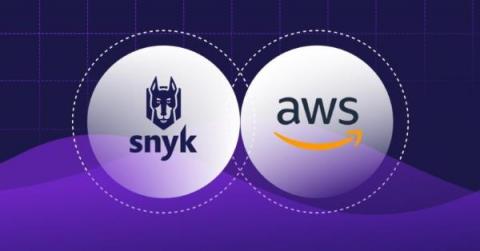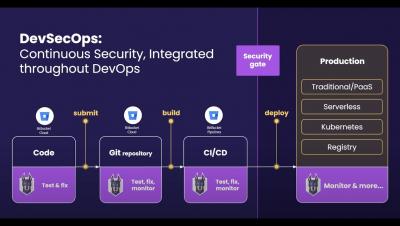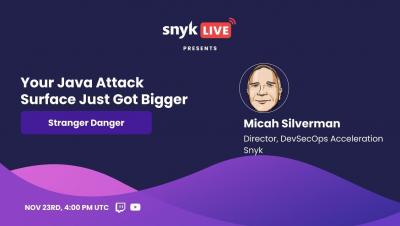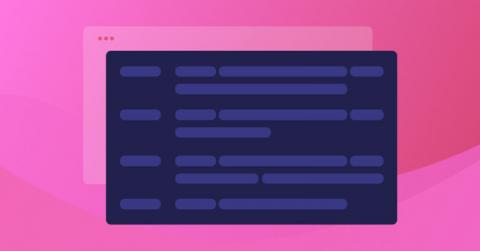Why tool consolidation matters for developer security
With threats to cloud native applications rising, security leaders feel more pressure than ever to counter an ever-changing risk landscape. But thanks to a rapidly expanding security solutions market, many respond to these growing demands by adding more products. With so many new tools arising to tackle security challenges, it sometimes seems like the right answer is always “one tool out of reach”.











